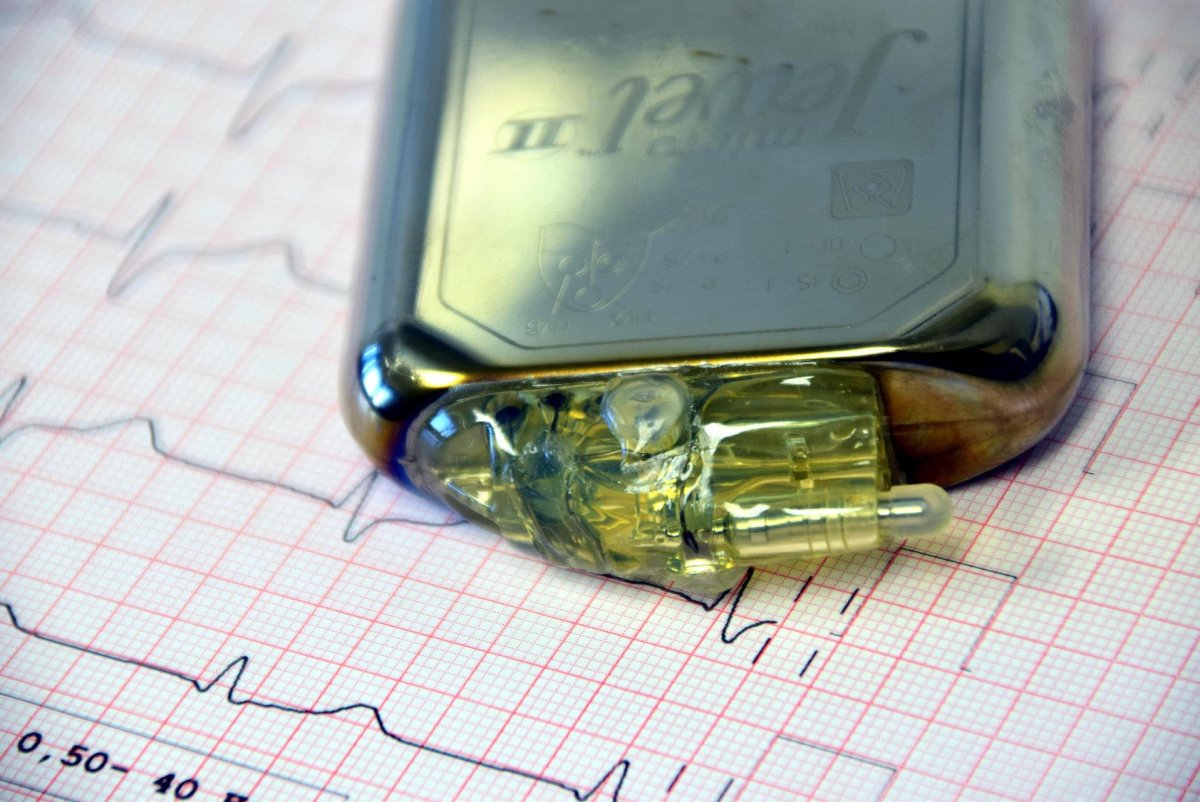Sept. 25 (UPI) — Researchers have succeeded in creating a digital twin that for the first time replicates the heart’s electrical conduction system, which coordinates heartbeats, a new study says.
The breakthrough could pave the way for diagnosing and tailoring treatments for conditions such as arrhythmias and heart failure.
The study, published in the journal Medical Image Analysis, was conducted by a team at the Millennium Institute for Engineering and Artificial Intelligence for Health, or iHEALTH, which is linked to Chilean universities and specializes in medical imaging, engineering, artificial intelligence and medicine.
Researchers there developed a computer model that digitally reconstructs the Purkinje network — the heart’s electrical conduction system — using a standard electrocardiogram.
“The goal with the heart’s digital twin is for it to be used as a virtual patient, where treatments can be tested and optimized without any risk. This would allow for better planning of procedures, greater personalization and, therefore, more effective results,” Francisco Sahli, an assistant professor of engineering at Pontifical Catholic University of Chili and principal investigator at iHEALTH, told UPI.
The Purkinje network has a unique structure.
“It’s like a tree that grows near the inner surface of the heart. We modeled it as a fractal, similar to snowflakes — that is, a structure that repeats,” he said about the project, which took nearly seven years to complete.
Although the team had previously developed a computer model, it was difficult to adapt it manually to individual patients. That led them to explore an artificial intelligence model that ultimately worked, said Sahli, who has spent the past 10 years working to replicate this system.
He conducted tests with real patients, where the algorithm was able to detect abnormal electrical activity in the heart without using invasive diagnostic procedures such as electroanatomical mapping, in which “a catheter is inserted into the heart to directly measure electrical activity.”
The study reflects a broader trend in health care.
“Recently there has been a paradigm shift in medicine, moving from generic treatments to precision medicine, where treatment is personalized for a particular patient,” Sahli said.
He said that in treating heart failure today, a type of pacemaker is used that produces no results in about 30% of patients.
“One of the most important variables that determines the success of this treatment is the precise placement of the pacemaker. A doctor can test only a few positions during the procedure. This is where the idea of the digital twin comes in. What if we had a digital copy of the heart that works just like the real one?” he asked rhetorically.
With the digital model, he added, doctors could eventually test thousands of possible pacemaker positions and identify the optimal one “without ever touching the patient.”
“This could potentially improve the effectiveness of the treatment and shorten the procedure time,” he said, adding that it is important to advance more effective treatments and diagnostics because of the global impact of cardiovascular disease.
According to the World Health Organization, more than 19 million people die each year from cardiovascular disease, accounting for 32% of global deaths, even though 80% of cases can be prevented with proper control of hypertension, smoking and other risk factors.
The team is now working on two challenges: increasing computing capacity so that each patient’s digital twin can be generated almost in real time.
“For now, we believe this could be thought of as another medical test, with results ideally ready within a day once the patient’s images and electrocardiogram are available. Then the medical team could use it as a virtual patient to test treatments,” Sahli said.
Team members are also seeking funding to add the mechanical function of the heart to the current digital twin.
“For that, we need to incorporate medical imaging data and combine it with the electrical data we already have,” Sahli said.

